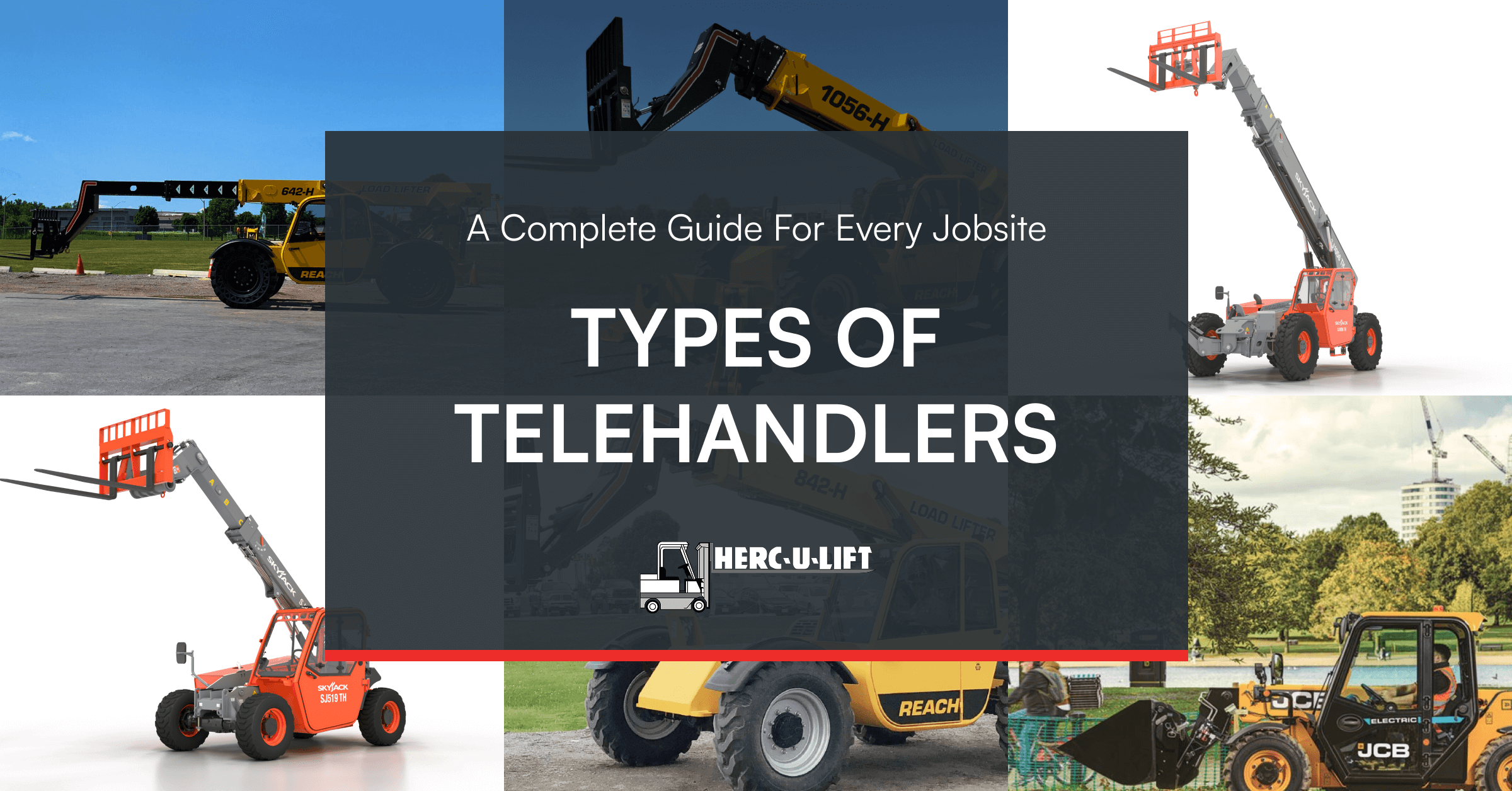Types of Scissor Lifts

A scissor lift is a type of aerial work platform (AWP) that raises workers and tools straight up using a crossed support structure. These machines are commonly used for jobs that require safe vertical reach. Besides, ladders are impractical for a 40 feet task!
Before renting a lift, contractors and facility managers should learn all about the different types of scissor lifts. Choosing the wrong one can lead to project delays. In some cases, that kind of mistake may even pose safety risks or cause property damages.
In this guide, we’ll share about the primary industry applications of the most common scissor lifts. You’ll also learn about their power sources and key features, along with their advantages and limitations.
Advantages
Electric lifts run quietly. This makes them perfect for noise-sensitive environments. Since they produce no fumes, they’re also safe for enclosed or poorly ventilated areas.Limitations
These lifts are not built for rough terrain. You’ll need to plan for charging time, too, because they rely on batteries.Advantages
Most diesel scissor lifts are 32 to 60 feet in height. Their lifting capacity go beyond 1,500 lbs. These durable machines can withstand demanding jobsite conditions.Limitations
Diesel lifts are heavy. Transporting or storing them can be challenging. Additionally, they are noisy and emit exhaust fumes.Advantages
Rough terrain lifts are stable and safe. They easily support multiple workers and heavy tools.Limitations
These units are large and difficult to maneuver. Additionally, fuel and maintenance expenses can cost you much.Advantages
Hydraulic lifts are cost-effective and require minimal maintenance. They’re ideal for jobs where speed isn’t a priority.Limitations
These machines have slower lifting speeds. They can be sluggish in cold weather as hydraulic fluid performance can be affected by temperature. Also, they’re not as precise as electric or diesel lifts.Advantages
Pneumatic lifts are safe for locations with strict air quality standards. They are also easy to maintain and pose little to no risk of fluid leaks.Limitations
They’re slower and have lower lifting capacity than diesel or hydraulic units. Moreover, they require access to a reliable compressed air system.Advantages
Compact or micro lifts are lightweight. They’re also easy to maneuver and transport.Limitations
These machines have limited height and weight capabilities. Plus, they’re typically unstable on uneven ground.Feature | Rough Terrain | Slab |
Terrain | Uneven, outdoors | Flat, indoors |
Power Source | Diesel or dual fuel | Electric |
Tires | Foam-filled, rugged | Non-marking |
Height/Capacity | Higher reach and heavy capacity | Moderate reach and capacity |
Mobility | Larger footprint, less compact | Easy to maneuver indoors |
To sum up, rough terrain lifts are useful when stability on dirt or gravel is a must. Meanwhile, slab lifts work best for indoor, tight-access jobs.
Better yet, consider consulting with a trained equipment professional. Experts can assess site conditions and recommend the best lifts that match your exact needs. Also, try going through operator training before deployment. When misused, even the right equipment can cause costly errors and serious accidents.
By understanding the unique capabilities of various scissor lifts, you’ll know how to pick the right one for the job. As a result, you can meet safety regulations and significantly improve productivity.

 →
→

